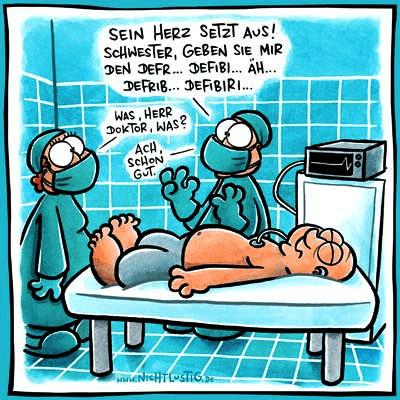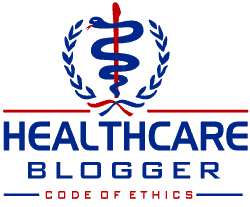Medical education in India encompasses allopathic medicine and other indigenous systems of medicine. Allopathic medicine is by far the most favored of all systems because of its wider acceptability and global recognition. This article deals only with allopathic medicine.
Like in the US, medical education in India involves a lengthy and arduous process.
Pre-University Course or HSSLC: It consists of pre-university studies or Higher Secondary School Leaving Certification (HSSLC) in the Basic Sciences with Physics, Chemistry and Biology as its major subjects for 2 years. A prospective medical student should have attained an average of 50 percent of the marks to qualify for medical education. A prospective medical student should apply for various competitive exams to attain a seat at any of the medical colleges or universities across the country. In the US, this stage is termed undergraduate education and consists of 4 years.
The Medical College: A medical college is a medical institution approved by the Medical Council of India (MCI) to train medical students and confer them the MBBS degree, also called Bachelor of Medicine and Bachelor of Surgery. Medical colleges are state-owned, state-aided or private institutions.
Undergraduate Medical Education: Five years of meticulous study of preclinical, paraclinical, and clinical subjects prepare the medical student to appear for four quality assured professional exams through the years of study. The preclinical study consists of one year study of Basic sciences like Human Anatomy, Human Physiology and Human Biochemistry. This prepares the way to a more thorough and in-depth overview of paraclinical subjects of Pathology, Pharmacology, Microbiology and Forensic Medicine for two years. This is accompanied by an introduction to the clinical sciences and learning in the clinical setup. The next one year covers Community Medicine, Ophthalmology and Otorhinolaryngology with clinical insinuation and glimpses of the practices of medical and surgical specialties. The last one year is dedicated to the clinical subjects of Medicine, Surgery, Orthopedics, Obstetrics and Gynecology and Pediatrics with all the sub-specialties. Having cleared the Final Professional examination, a medical graduate is required to complete one year of internship covering various specialties.
Internship Program: It consists of one year of rotating internship in various specialties. Only on completion of the internship is a medical graduate awarded the MBBS degree and a license to practice medicine anywhere in the country as a General Practitioner or Medical Officer. He is also prescribed the title Doctor. Permanent Medical Registration is required either in the Indian Medical Council or State Medical Council to practice. This is in contrast to the 3 to 7 years residency program required to practice in the US.
Post-Graduate Medical Education: This equates to the residency program in the US. Entrance to a Post-graduate degree program is through competitive exams conducted by the concerned college or university. It consists of 3 years of study to achieve an MS or MD degree in any surgical or medical specialty respectively. Following this a Doctor in India can practice in that said specialty as a medical or surgical specialist. There are also post-graduate diploma programs and Diplomate of National Board (DNB) programs for furtherance of medical education. Fellowship programs in various specialties can also be pursued.
Super-Specialty or Sub-Specialty Medical Education: A doctor who has attained a specialty post-graduate degree is qualified to pursue super-specialty or subspecialty education in their field of interest.
A medical graduate in India has the license to practice the broad specialties of Medicine and Surgery but is required to refer patients to a specialist to handle problems that require a particular expertise. Thus, it can be a long journey for the Indian medical graduate before he can settle down, unless he/she is satisfied to practice as a general practitioner.








